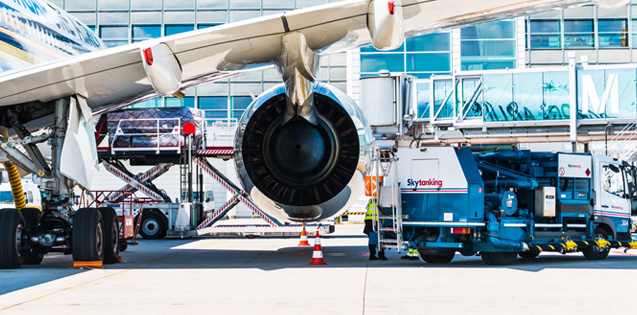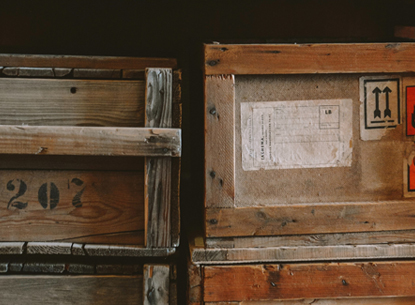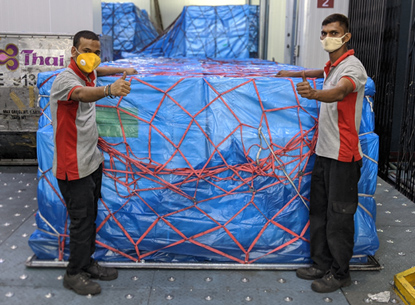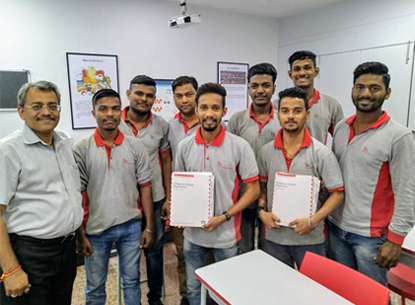Live animals which are transported from one place to another are known as livestock cargo. There are many reasons for the transportation of livestock cargo such as personal pets, sporting events, breeding, science, etc. The handling of livestock cargo for some obvious reason – dealing with ‘life’ requires more attention and care. One has to ensure that their requirements are met and there is no unnecessary cruelty.
With animal safety and welfare as their key focus Cargo service Center ensures special treatment when handling live animals, by strictly abiding by the regulations, standards, and conventions set up by The International Air Transport Association (IATA) called the Live Animals Regulations (LAR).
LAR consists of a comprehensive classification of thousands of animal species along with the container specifications required for their transport. Furthermore, it includes information on handling, marking, and labeling along with necessary documentation when transporting animals by air.
Keeping in check the necessary factors
When dealing with livestock cargo key factors that are effective in safely transporting the livestock are:
- Environmental control: To maintain the welfare and comfort of the livestock, and prevent death service providers need to ensure three environmental parameters which are temperature, relative humidity, and cargo compartment CO2 concentration. These parameters need to vary depending on the type of species being carried and their state.
- Animal Psychology: It becomes essential to have a veterinary inspector on board when dealing with animals to keep both their physical and mental health in check which can easily dampen considering the change of environment.
- Ground handling: As a ground handler one has to be cautious of the environment and immediately be able to cool the compartments especially when the external ambient temp is high during ground operations. Furthermore, carriers need to reduce the time that animals are held in cargo compartments, and to facilitate the same a close-knit cooperation is necessary between all stakeholders involved from the flight crew, loading and unloading ground crew, to animal-handling agents to the air traffic services.
- General welfare and oversight control: when transporting the livestock its is the job of a carrier to determine that the animals are in good health, no mixed species are being transported in one container, proper inspections are done during refueling stopovers to give proper care in case of any sickness or injury and to avoid cross-contamination during travel. Regular watch and arrangement for food and water depending on the species during the journey are also crucial among others.










Leave a Reply